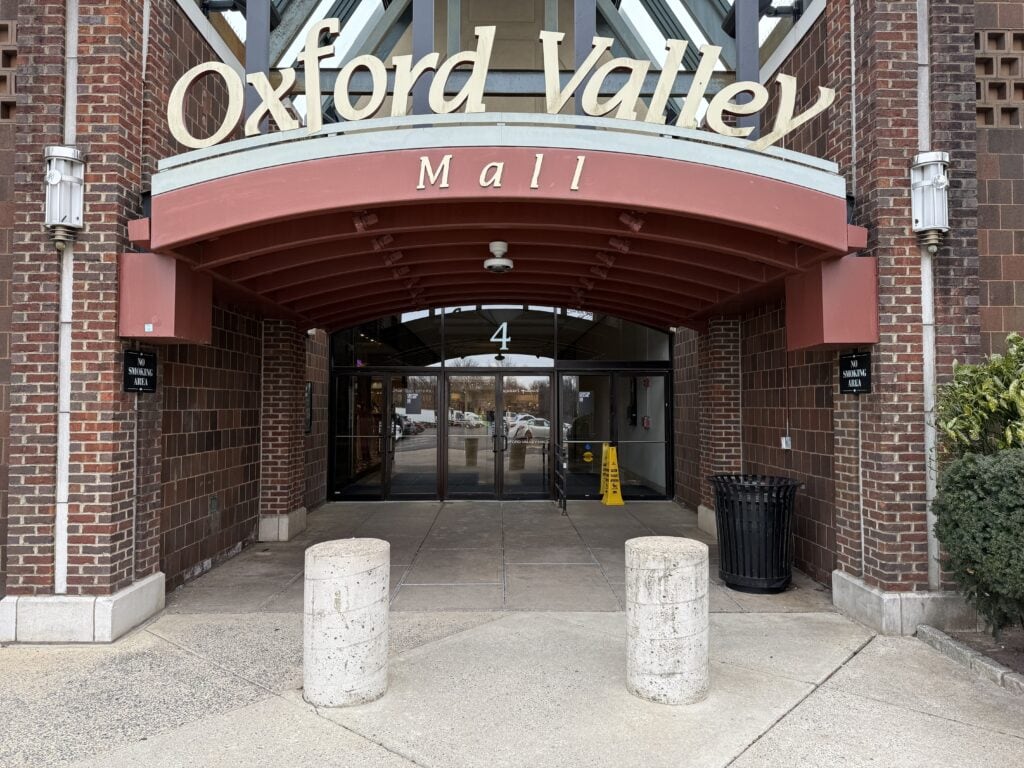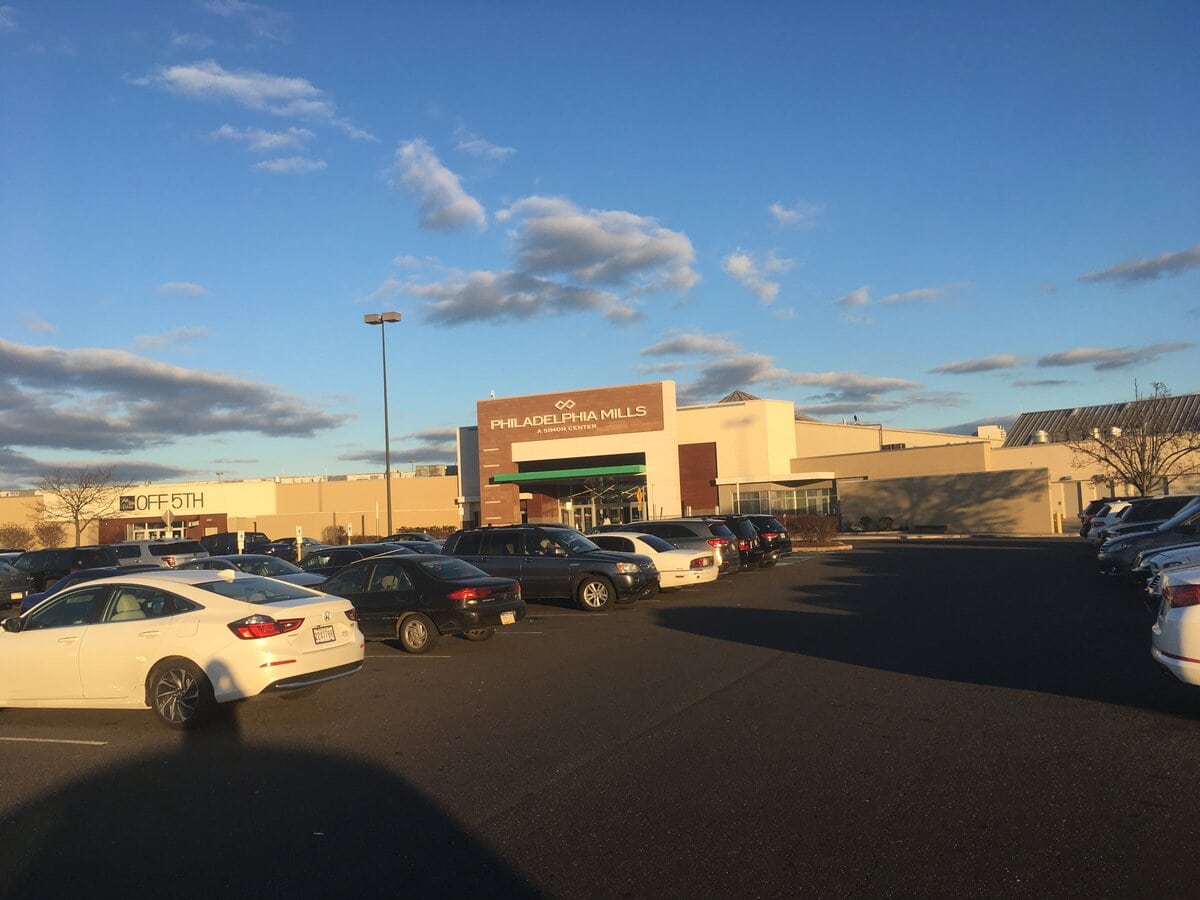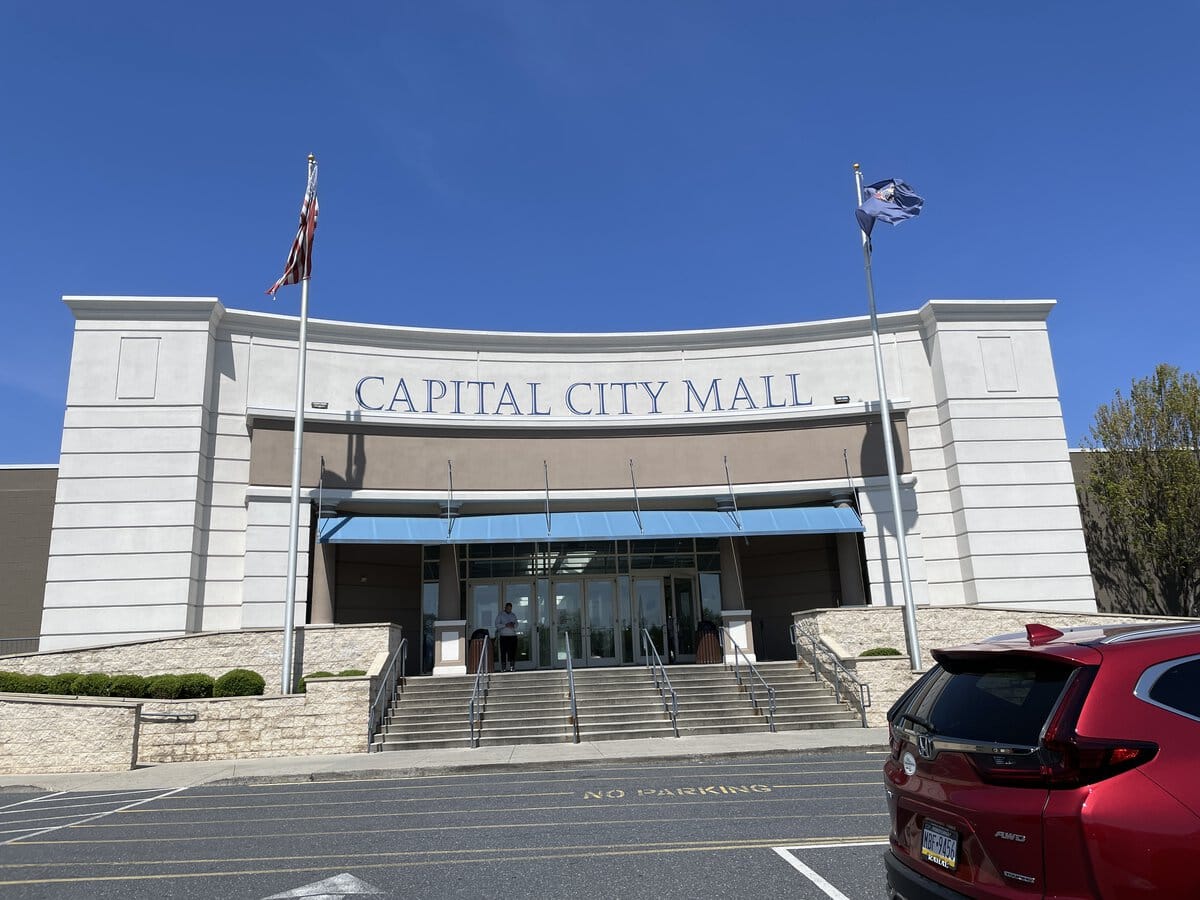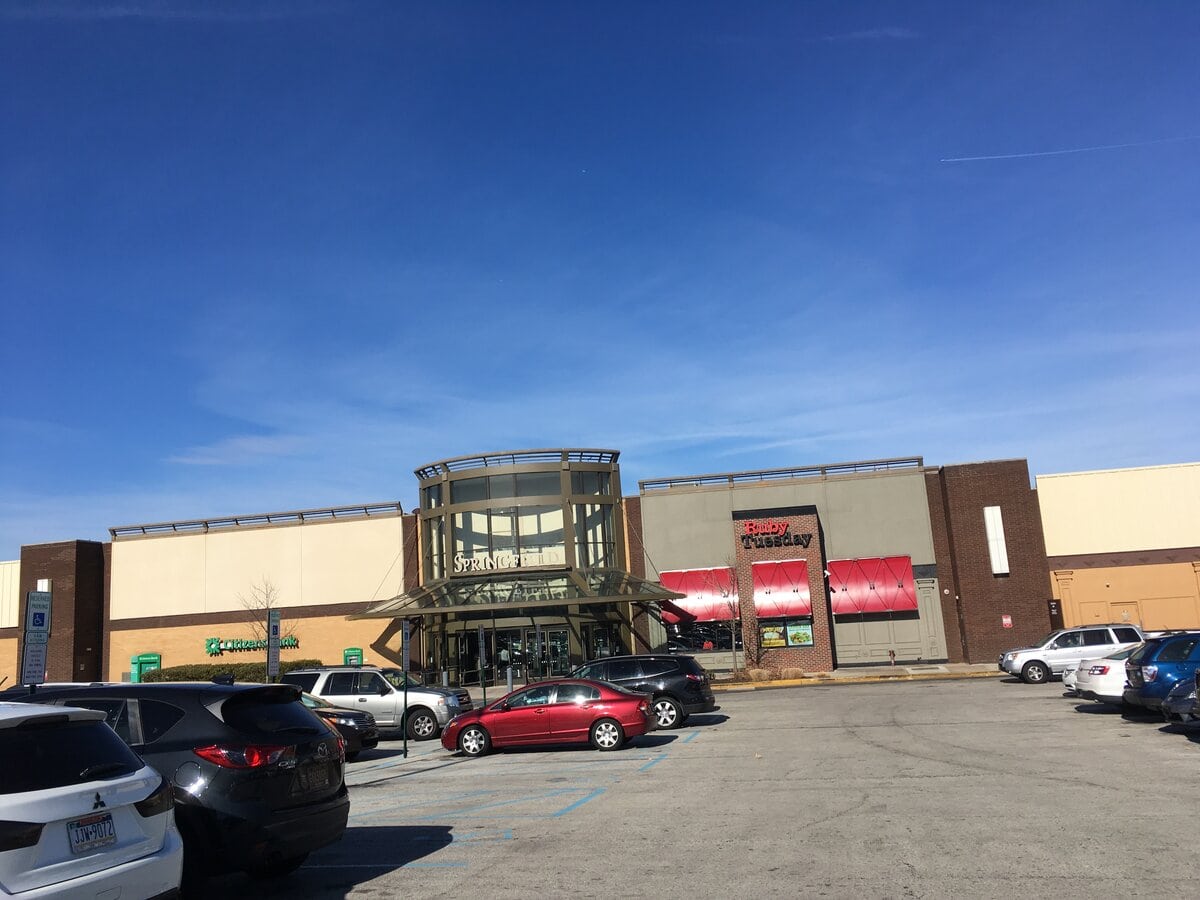Once, It Was a Saturday Ritual
There was a time when Oxford Valley Mall felt like the center of everything. With Sesame Place next door and JCPenney drawing steady crowds, the mall turned weekends into all-day outings for families. Teens drifted toward the arcade or the second-floor food court, parents checked off holiday lists at Macy's, and the movie theater in the back kept people around after dinner.
It wasn't flashy, but it didn't need to be. Built in 1973, the mall fit the pace of suburban Bucks County just right. Now, more than 50 years later, the traffic looks different, and so do the storefronts. Some left quietly. Others were demolished altogether.
For anyone searching for things to do north of Philadelphia, this place used to be a guaranteed stop.
Suburban Anchor - Birth of a Commercial Hub
Oxford Valley Mall opened in 1973, developed by The Kravco Company, which had its eye on the expanding corridor between Philadelphia and Trenton.
Built on farmland turned suburbia in Middletown Township, the two-story mall quickly filled with anchor tenants that matched national trends of the era.
Bamberger's, a department store under the R.H. Macy banner, was one of the early draws.
Gimbels took another anchor slot.
Smaller chain stores filled the two levels in between, connected by a spiral pedestrian ramp that would stay in place until the 1990 renovation.
Office space arrived shortly after, and it was marked by the construction of the adjacent One Oxford Valley building.
By the mid-1980s, the mall had already started to churn.
In 1986, Bamberger's was rebranded as Macy's.
That same year, Gimbels was converted to Stern's after Allied Stores absorbed multiple Philadelphia-area locations.
The moves followed broader consolidation trends as older retail names vanished and holding companies shuffled their assets into new banners.
The early layout also included a Woolworth store whose second level would later serve a different purpose entirely.
At its height, the mall's original format still leaned into what worked best in that decade: anchor variety, department store loyalty, and climate-controlled space that kept customers circulating without much effort.

Department Shuffles and Lease Turnover
By 1989, Oxford Valley Mall had already replaced two anchor tenants in less than three years.
Stern's, which had taken over the old Gimbels space in 1986, didn't last long in the Philadelphia market.
That year, Sears stepped in to fill the vacancy. These weren't minor transitions.
Each store carried with it a different merchandise strategy, a different national parent company, and a different draw for shoppers.
The following year, in 1990, the mall underwent a wide renovation.
Crews removed the indoor fountains, scrapped the spiral pedestrian ramp, and installed a glass-enclosed elevator in its place.
The air conditioning was upgraded. JCPenney and Sears both received full remodels.
These were practical changes aimed at holding onto foot traffic as retail patterns shifted.
The food court arrived in 1995, located on what had been the second floor of Woolworth.
That same year, Wanamaker's, another legacy department store, was rebranded as Hecht's.
In 1997, Hecht's became Strawbridge's, continuing the cycle of acquisitions and rebranding by parent company May Department Stores.
None of it happened quietly, but none of it was framed as a collapse either.
Stores turned over, logos changed, and escalators kept moving.
The goal stayed the same: keep the mall full, familiar, and profitable.
Retail Decline and Anchor Collapse
Strawbridge's closed in 2006 after Federated Department Stores finalized its purchase of May Department Stores.
Boscov's opened in the same space that year, but the timing worked against it.
By 2008, the company had entered restructuring and shut the location down.
What had been a major wing of Oxford Valley Mall stood vacant for nearly a decade.
The Sears store outlasted most of its peers but still followed the broader corporate trajectory.
On October 15, 2018, the company confirmed Oxford Valley would be one of 142 stores closing as part of its Chapter 11 bankruptcy.
The store shut its doors on January 7, 2019. From that point forward, only Macy's and JCPenney remained as anchor tenants.
The vacancy rate in that stretch of the mall wasn't simply a reflection of national chains folding.
It exposed the limits of the old model.
Even with minor updates and steady traffic from nearby Sesame Place, the large anchor footprints no longer had long-term tenants lined up behind them.

Property Teardown and Reuse Strategy
In August 2019, Simon Property Group, along with affiliated developers, filed a proposal to reshape Oxford Valley Mall and its surroundings into a mixed-use site.
The plan included the demolition of old retail structures, parking lot adjustments, and the construction of new residential and lifestyle properties.
Central to the blueprint was a 600-unit apartment complex slated for the site of the former Wanamaker's and Boscov's anchors.
The concept leaned toward studio, one-bedroom, and two-bedroom configurations.
It also outlined on-site amenities such as indoor and outdoor common areas, a dog park, pools, a fitness center, and concierge-style services.
Portions of the mall parking area were designated for these residential additions.
The proposals included restaurant and retail space as well, designed to connect existing commercial buildings to newly built apartments and entertainment spots.
Demolition work began in late 2022. By December, the long-vacant structure that had housed Boscov's and Wanamaker's was completely torn down.
Removal of the building cleared the way for what would later be called Atlee Square.
Leasing Upmarket - The Atlee Square Buildout
Atlee Square apartments opened leasing applications in August 2024.
The first phase, with 391 units, was ready for occupancy in Spring 2025. Monthly rent began at $1,965.
Promotional material pointed to courtyards, a resort-style pool, coworking spaces, and management staff on-site full-time.
A second phase is planned. That addition is expected to bring 223 more units, raising the total to 614 once complete.
The design will follow the first phase's layout and amenity model, though developers have indicated they may adjust floor plans or common areas based on early tenant feedback.
The transition from vacant anchor space to residential lease units didn't follow a fast-flip model.
Instead, each segment of the Atlee Square rollout tied back to a wider repositioning of the mall.
While Macy's and JCPenney still operated on site, the commercial core had expanded.
Housing and retail now shared the footprint once dominated by big-box anchors and overflow parking rows.

National Chain Exits and Lease Shrinkage
On March 17, 2025, Forever 21 confirmed it would close its Oxford Valley Mall store.
The decision followed the company's Chapter 11 bankruptcy filing and a broader push to wind down remaining locations in the United States.
A liquidation sale began almost immediately. Everything had to go: shelving units, signage, and remaining seasonal stock.
The announcement cited pressure from fast-shipping overseas e-commerce and changes to U.S. import costs.
No replacement tenant was named as of June 2025.
This was the most recent in a string of national brand departures.
Unlike earlier anchor closures that were tied to multi-store consolidations, this exit happened during a phase when the mall was actively building new square footage nearby.
It created a sharp contrast: new residential units were opening across the parking lot, while longtime fashion tenants were vacating inline spaces.
No structural changes were announced for the store itself, but its closure reopened questions about long-term interior viability for non-anchor tenants.
🍀









You show me where I can rent at Atlee for $1,965 per month, last I checked they are asking 2x that. And the place looks empty, seems like they may have overestimated the market of living next to a dying commercial center with bad roads surrounding it.
The $1,965 figure does exist - but only for studio units. The one-bedroom and two-bedroom options climb past that, reaching $2,300 to $3,500. So, in a way, both parts of your comment hold up: the entry-level price is there, but most units cost more.